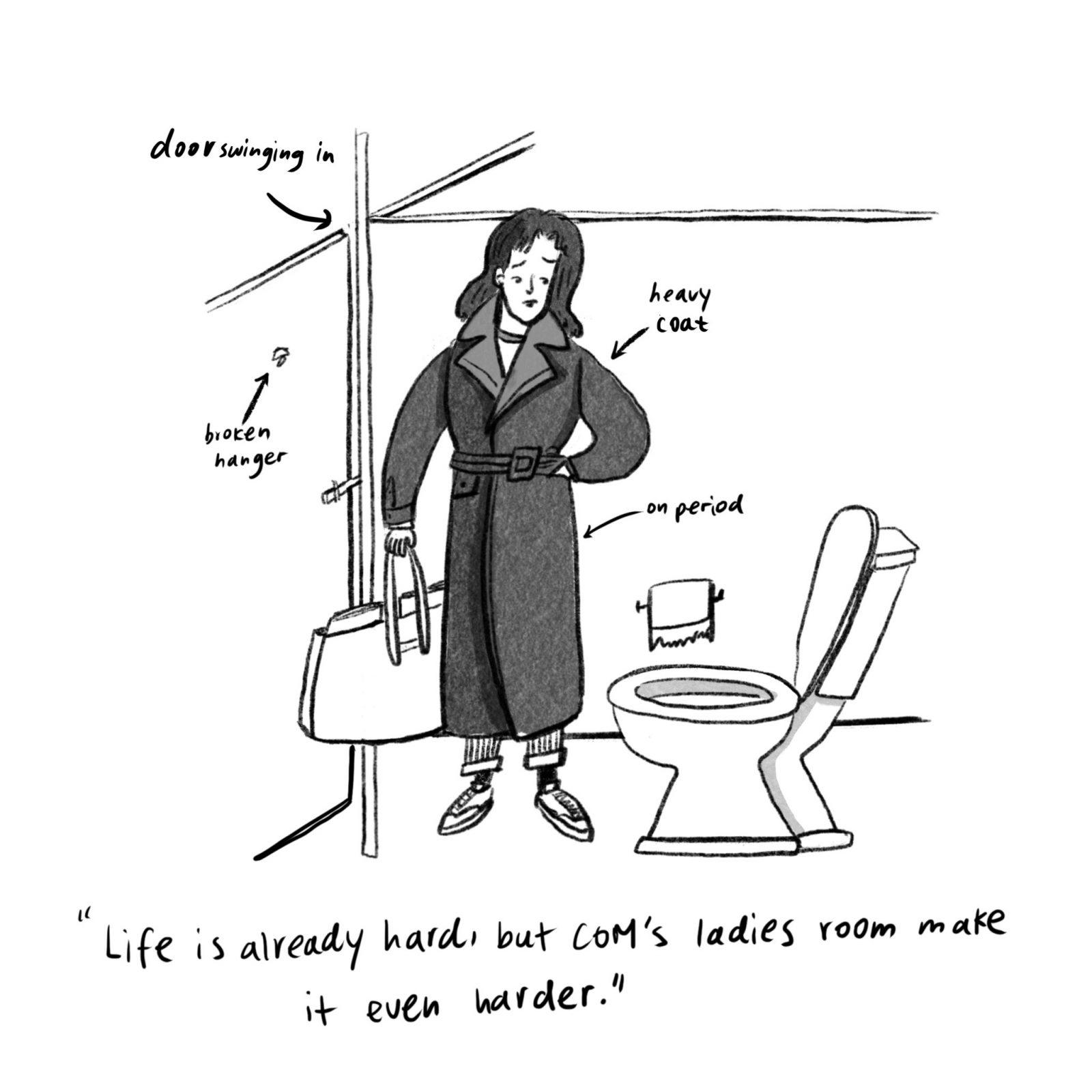State legislators and officials have been working to combat the ongoing opioid addiction crisis in the state of Massachusetts for many years now. The crisis, which has been escalating since the start of the decade, has taken thousands of lives in the past year. Several treatment facilities, substance abuse hotlines and an ad campaign to raise awareness about drug abuse introduced last November have been proposed as solutions as part of the City’s effort to combat the issue.
The pervasiveness of the issue has prompted the State to consider an unorthodox approach to the issue. During a public hearing Tuesday on a bill proposed by Gov. Charlie Baker to alleviate the opioid abuse crisis, the idea of “supervised injection sites” was brought up to be included in future legislation. These sites would provide a safe haven for users to shoot up while being overseen by medical professionals licensed and trained in drug addiction in the hopes of creating a safe space amongst drug-users and preventing fatal overdoses. Programs like this implemented in countries such as Canada and Australia have seen decreases in deaths caused by drug overdose.
However, this idea has received opposition from government leaders including Baker and Mayor Martin Walsh, who claim these sites do not help alleviate the crisis, as they don’t provide enough resources for treatment. The legality of these sites also remains under question, as the practice of doctors or other trained physicians watching drug users shoot up is still very much illegal.
While this idea does sound promising, it is not an effective strategy in putting an end to the epidemic. These centers would provide a useful service, but they would also condone drug abuse, not to mention the legal complications associated with establishing such injection sites. A lower opioid mortality rate is just not worth it.
In an attempt to destigmatize drug addiction, these centers might only further it. Although the people most at risk are those who already addicted to opioids, certainly new users are also susceptible to becoming addicted — and that’s the last thing we need. The government signing onto legislation like this could send the wrong message to new users and lead to users, including new ones, believing such behavior is OK. Furthermore, former drug abusers could relapse into their old habits if they learned about these injections sites, which is also the last thing we need in addressing this mammoth of an issue.
The argument that these centers can serve as a route for users to get treatment, though encouraging, does not seem all too convincing. The likelihood that drug users will be redirected to treatment centers seems low if what they are doing is being monitored by trained physicians that encourage them to shoot up safely. It is important to change the attitude behind addiction and for users to first turn to treatment and rehabilitation centers, rather than continuing their addiction with the support of government resources.
The resources that would be used to establish these sites could be used in more productive ways. While the crisis is a grave issue affecting many lives, a broader, more comprehensive approach is necessary to solve the issue. In order see results in the battle against the opioid abuse crisis, we must tackle the issue at a systemic level and build more treatment facilities, rather than acknowledging our defeat and instituting programs that do nothing to prevent the issue.





























































































































